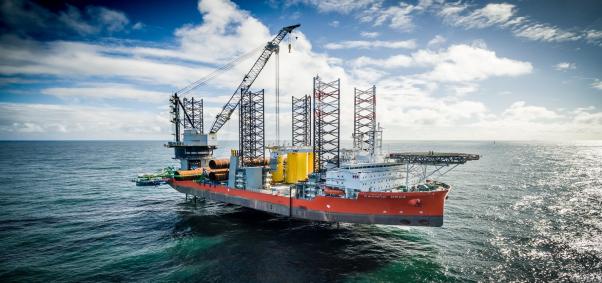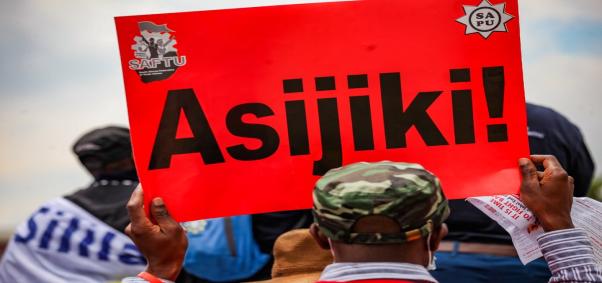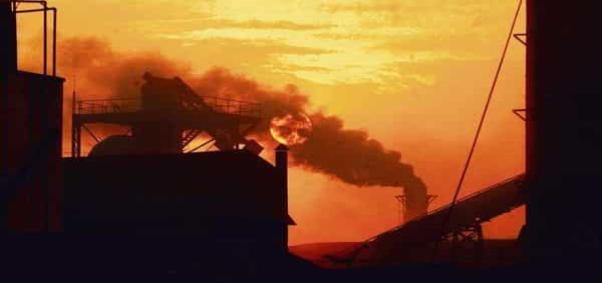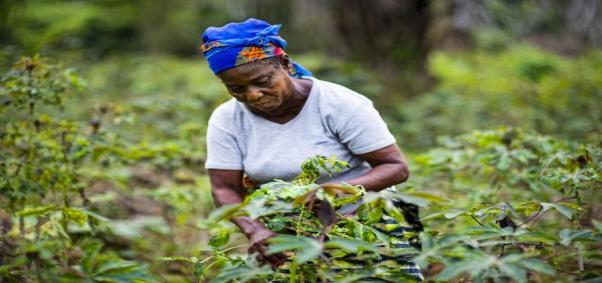This artcile was published in CNN on October 19, 2015.
Ángel Gurría is the secretary-general of the Organization for Economic Cooperation and Development. Sri Mulyani Indrawati is the managing director of the World Bank Group. Nicholas Stern is professor of economics at the London School of Economics and president of the British Academy. All three are members of the Global Commission on the Economy and Climate.
Infrastructure may not be a word that sets hearts racing, but it's vitally important for the future of our planet.
How important is it? Try $90 trillion. That's the amount of money the world is expected to invest in infrastructure in cities, land use and energy over the next 15 years. As we continue to see shift of the economic center of gravity from developed to developing countries, rapid urbanization, changes in transportation and energy use, we need to make sure we're investing that money wisely.
We must set course to a low-carbon future if we are to avoid the immense risks of climate change. Due to the long life of most infrastructure, the choices we make today will lock in emissions for decades to come.
On the one hand, we could keep building infrastructure that leads to more congested and polluted cities, low productivity and unsustainable agriculture, and dirty and inefficient fossil fuels. On the other, we could invest in more compact and connected cities, energy-efficient buildings, climate-resilient agriculture and cleaner forms of energy.
The low-carbon option is clearly a better choice. If we invest in more sustainable and climate-smart infrastructure, we could see very attractive returns. Because low-carbon structures generally cost less to operate, the additional upfront investments could potentially be offset by longer-term operational savings, including from reduced fossil-fuel use. And it would help us avoid the 3.7 million premature deaths from outdoor air pollution each year, the vast majority of which take place in low- and middle-income countries.
All countries will play a role in this economic transition, although their starting point and methods of change will depend on national circumstances. That being said, there are important steps that we should take today to avoid lock-in to unsustainable development patterns.
A strong, clear and credible policy environment will be crucial. Central to this will be extending and strengthening carbon prices around the world, including reforms to fossil-fuel subsidies, which are essentially negative carbon and pollution prices.
Around 40 countries and more than 20 states and cities are already applying carbon pricing either directly or through emissions trading schemes. China has just announced that it will launch a national carbon market in 2017. The growing evidence from countries around the world shows that carbon pricing is effective at reducing emissions without harming the economy.
Globally, subsidies and tax breaks to fossil fuels represent around $600 billion annually.Government support to fossil-fuel consumption and production in Organization for Economic Cooperation and Development countries and key emerging economies remains high, at $160 billion to $200 billion annually.
When also accounting for the wider health and environmental impacts of the fuels, as the International Monetary Fund has highlighted, that cost is much higher. Phasing out fossil-fuel subsidies would also free up government spending, which could be used to boost welfare and help protect the poor.
Financing the investments for the economic transition will take a mix of public and private funds. Public finance has a crucial role in leveraging private capital and directing it toward the right assets. South Africa's renewable energy program, for example, has successfully mobilized $14 billion in domestic private finance for sustainable infrastructure.
Development banks have a particular role to play in providing finance and attracting private capital to developing countries. They can help reduce policy risks, take a longer-term view than many other investors and muster a range of instruments, such as guarantees and bonds, to support climate-smart and climate-resilient infrastructure financing. And they are trusted conveners of partnerships.
Several development banks are already taking steps to shift to more sustainable infrastructure financing. For example, the World Bank Group, the European Investment Bank and the European Bank for Reconstruction and Development are limiting new financing for coal power plants. New infrastructure banks such as the Asian Infrastructure Investment Bank and the New Development Bank have both opportunity and intention to establish investment policies that support sustainable infrastructure.
However, efforts to date are far from comprehensive, and in many institutions infrastructure financing and climate policies continue to exist in separate units. The G20 Global Infrastructure Initiative, for instance, needs to strengthen the links between infrastructure investment and climate change. In particular, this is because the G20 countries that support the initiative are taking on important commitments to reduce emissions ahead of the U.N. conference on climate change in Paris, which will inevitably require a significant shift in the infrastructure that is built. Now is the time to make policies more coherent, to ensure effective investments and minimize costs.
All countries, but those in the G20 in particular, should first ensure that climate risk and resilience are integrated into national infrastructure policies, plans and projects. Increasing the resilience of existing and new infrastructure will be needed in developing countries, which are hit earliest and hardest by climate impacts. Second, these plans and projects should be consistent with the climate pledges that are being made this year and the long-term goal of holding average global warming below 2 degrees Celsius (3.6 Fahrenheit).
Above all, mainstreaming climate considerations into infrastructure decisions will ensure that we're spending our $90 trillion wisely. That will set us on a course to grasp the special, time-limited opportunity we now have to overcome poverty and foster sustainable growth while securing the climate for future generations. That thought certainly sets our hearts aflutter.







